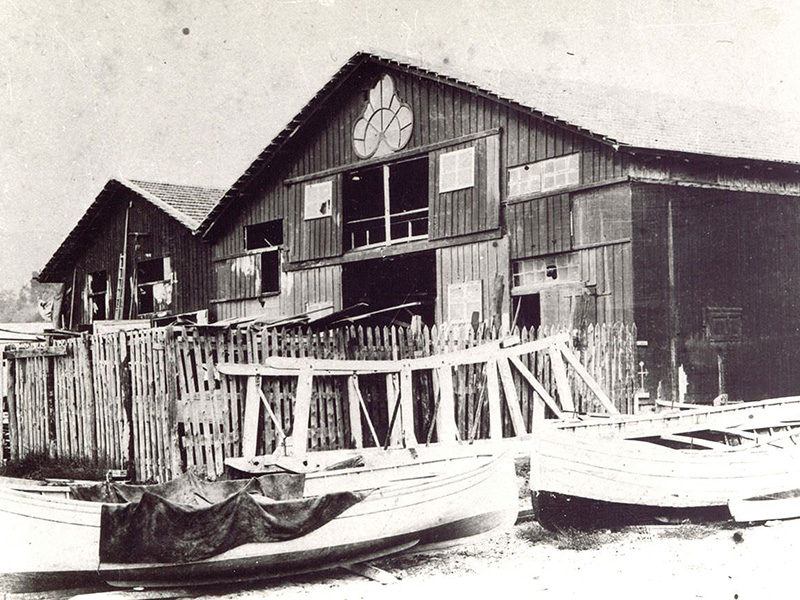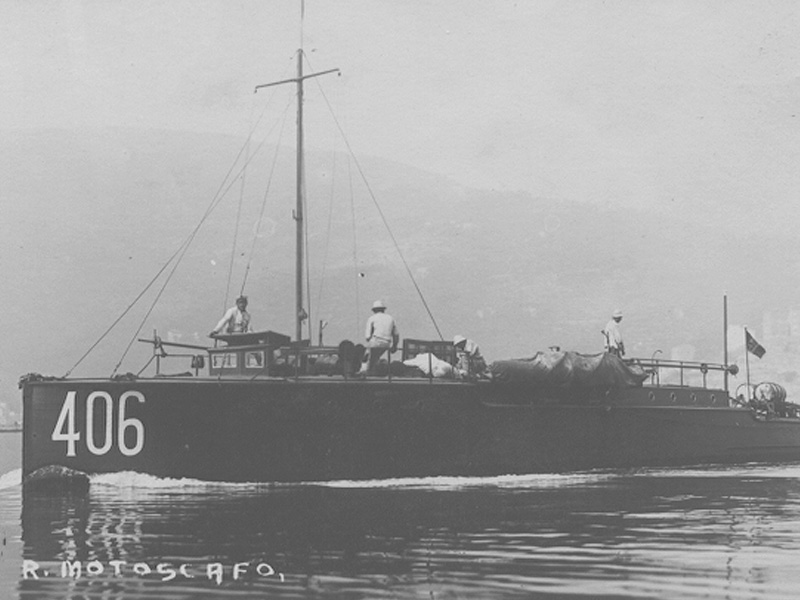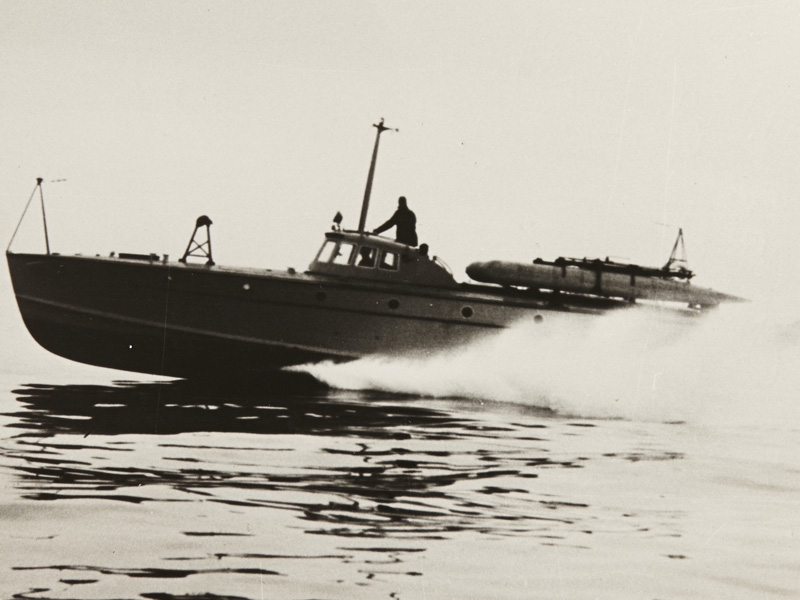Baglietto shipyard boasts a long history which began in 1854 in Varazze where Pietro Baglietto started his activity building small fishing boats and dinghies in the back-yard of his house. After a few years he switched his activity towards the nautical leisure sector, building in 1888 a pleasure vessel for Pope Leone XIII.
At the beginning of the twentieth century, Pietro Baglietto launched his first motor boats and in 1906 he achieved one of his most outstanding record: the launch of ‘Giuseppina’, the biggest cruising motor-yacht, whose length reached 22,6 meters - with a combustion engine ever built before in Italy. During the same period, another record was achieved: the construction of the very first prototype of an hydrofoil ever built in the world. When Pietro passed away, the sons Bernardo and Giovanni Battista began to co-operate with the Italian Government for the production of airships and flyingboats for the Italian Aeronautical Ministry.
At the beginning of the twentieth century, Pietro Baglietto launched his first motor boats and in 1906 he achieved one of his most outstanding record: the launch of ‘Giuseppina’, the biggest cruising motor-yacht, whose length reached 22,6 meters - with a combustion engine ever built before in Italy. During the same period, another record was achieved: the construction of the very first prototype of an hydrofoil ever built in the world. When Pietro passed away, the sons Bernardo and Giovanni Battista began to co-operate with the Italian Government for the production of airships and flyingboats for the Italian Aeronautical Ministry.


































